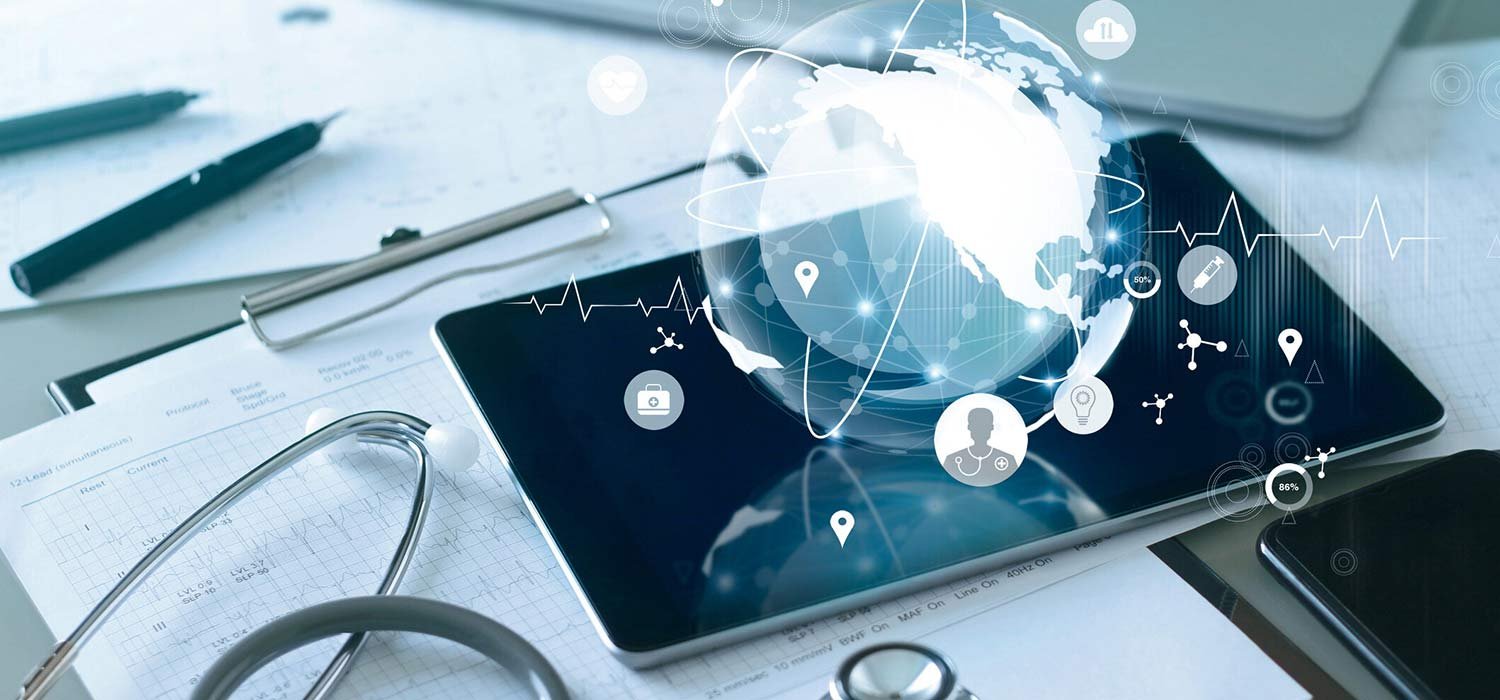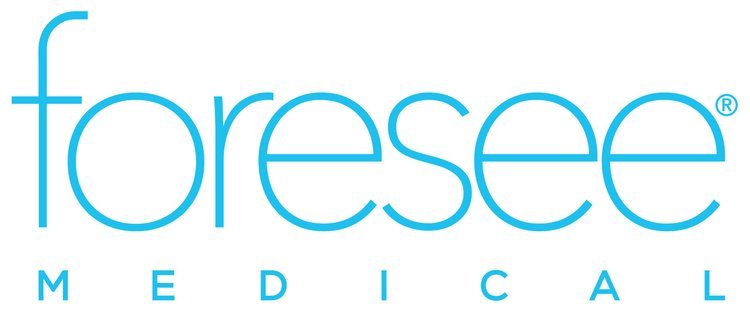Clinical Interoperability in Healthcare
At the core of advancing data analytics and seamless care collaboration is healthcare interoperability. When you define interoperability, or ask yourself, what is interoperability, it is simply the ability of devices and systems to exchange and use electronic information from other devices and systems without special effort on the part of the user. The question of what is interoperability in healthcare, also referred to as healthcare data interoperability, specifically includes the technologies used in patient care to enable the sharing of data to meet the goals of delivering personalized care and effective population health management.
The current lack of interoperability in healthcare can compromise patient safety, contribute to clinician burnout, and waste billions of dollars a year. One study found that the lack of healthcare data interoperability costs the U.S. health system over $30 billion annually.
As you would expect, the lack of interoperability in healthcare also hinders development, which may be the biggest missed opportunity for the health interoperability ecosystem. Innovators in healthcare system interoperability face challenges accessing data, integrating into highly customized environments, and scaling semantic interoperability across a variety of data landscapes. In turn, innovators often avoid the healthcare market altogether since developing interoperability in healthcare is extremely challenging. While interoperability standards in healthcare have made progress toward defining interoperability standards and helping providers understand what does interoperability mean, there is still a great deal of work to be done, especially as new challenges face the healthcare system due to the COVID-19 pandemic.
ONC interoperability rules, CMS policies such as the CMS Interoperability & Patient Access Rule, and the 21st Century Cures Act, and the growing adoption of new electronic data standards like HL7 FHIR represent great progress, but these are just the first steps toward advancing healthcare data interoperability. Executing real working examples of interoperability in healthcare remains a challenge. The interoperability in healthcare definition and ultimate goal is still to combine all aspects of the patient experience into a comprehensive, complete profile, capable of driving better decision-making about which patients require intervention, how and when to address those needs, and deliver better outcomes.
In today’s health interoperability ecosystem, organizations that define interoperability as engaging in the bi-directional exchange of data are experiencing the greatest success. However, clinical data exchange standards are not yet scalable on a macro level, and differences in provider connectivity are a constant hurdle.
With both providers and payers feeling the stress from regulators to enhance outcomes and quality while decreasing costs, the mission for healthcare data interoperability and the interoperability of health information systems remains challenging for most. Many questions remain for both payers and providers around how to best ensure data accuracy, completeness, and define interoperability standards. Different performance measures and varying coding and reporting requirements pose significant hurdles to the interoperability meaning. However, the benefits of scalable data sharing far exceed any existing challenges.
Payers strive to get the complete and accurate data they need. But properly integrated healthcare data interoperability and clinical decision support tools can help ensure payers and providers have the right information at the right time. We’ve moved from a time period of “how do I get more healthcare analytics on my patient” to “how do I turn these data insights into actual revenue-generating opportunities.”
We know that health systems, payers, providers, and hospitals are all seeking innovative and yet manageable approaches to interoperability in healthcare. Intelligent organization of claims, accurate diagnosis, computer-assisted coding, and other patient insights using the latest artificial intelligence in healthcare like NLP technology and medical machine learning will push this endeavor forward. Real-time data exchange of relevant healthcare information between payers and providers improves not only the quality of care but also the efficiency in which it is delivered in the evolution to value-based healthcare.
Importance of Interoperability in Healthcare
Healthcare data interoperability is vital for various reasons:
Improved Patient Care
With interoperability, healthcare providers have access to complete and accurate patient information, which can lead to better diagnosis, treatment, and care coordination. It ensures that clinicians have the right information at the right time, avoiding redundant tests and procedures.
Enhanced Efficiency
By enabling seamless data exchange, interoperability reduces administrative burdens, minimizes errors, and streamlines workflows. This efficiency translates to cost savings and more time for healthcare providers to focus on patient care.
Patient Safety
Accurate and timely information can significantly reduce medical errors and adverse events. For instance, access to a patient’s complete medication history can prevent harmful drug interactions.
Public Health Surveillance
Interoperability facilitates the real-time exchange of data crucial for monitoring public health trends, managing outbreaks, and conducting research.
Interoperability Standards in Healthcare
To achieve effective interoperability healthcare, organizations must adhere to established standards and protocols. Some key interoperability standards in healthcare include:
Health Level Seven (HL7)
HL7 is a set of international standards for the exchange, integration, sharing, and retrieval of electronic health information. HL7 standards ensure that disparate systems can communicate with each other effectively.
Fast Healthcare Interoperability Resources (FHIR)
Developed by HL7, FHIR is a standard for exchanging healthcare information electronically. It simplifies data sharing and integration by using modern web technologies and data formats such as JSON and XML.
Digital Imaging and Communications in Medicine (DICOM)
DICOM is the standard for transmitting, storing, retrieving, printing, and displaying medical imaging information. It ensures that imaging systems from different manufacturers can interoperate.
Systematized Nomenclature of Medicine Clinical Terms (SNOMED CT)
SNOMED CT is a comprehensive clinical terminology that provides a standardized way to represent clinical content in EHRs, ensuring that the meaning of health information is preserved across different systems.
International Classification of Diseases (ICD)
ICD codes are used globally to classify diseases and health conditions. Standardizing diagnostic information helps in data aggregation, analysis, and sharing across borders.
Interoperability in Healthcare Examples
Examples of interoperability in healthcare illustrate how various systems work together to improve patient outcomes:
EHR Integration
An integrated EHR system enables healthcare providers to access a patient’s medical history, lab results, imaging studies, and treatment plans, regardless of where the care was provided. For example, a primary care physician can view a specialist’s notes and lab results to provide comprehensive follow-up care.
Telehealth Services
During a telehealth consultation, interoperability allows clinicians to access and update patient records in real-time, ensuring continuity of care. It also enables the integration of data from remote monitoring devices, providing a complete picture of the patient’s health.
Public Health Reporting
Interoperable systems facilitate the automatic reporting of infectious diseases to public health authorities. This timely data exchange is critical for tracking disease outbreaks and initiating public health interventions.
Pharmacy Systems
Interoperability between pharmacy information systems and EHRs ensures that prescription data is accurately shared, reducing the risk of medication errors. Pharmacists can access patient medication histories and verify prescriptions electronically.
Interoperability Solutions in Healthcare
Several solutions have been developed to address these interoperability challenges in healthcare:
Health Information Exchanges (HIEs)
HIEs enable the electronic sharing of health information among different healthcare organizations within a region. They provide a platform for accessing patient data across various systems, improving care coordination and reducing duplication of services.
Application Programming Interfaces (APIs)
APIs facilitate the secure exchange of data between different software applications. In healthcare, APIs are used to connect EHRs with other systems, enabling real-time data sharing and integration.
Blockchain Technology
Blockchain offers a decentralized and secure way to share healthcare data. It ensures data integrity and privacy by using cryptographic techniques. Blockchain can be used for managing patient consent, tracking medical records, and preventing fraud.
Cloud-Based Solutions
Cloud platforms provide scalable and cost-effective solutions for data storage and sharing. They enable healthcare providers to access patient information from anywhere, facilitating remote care and collaboration.
Challenges and Lack of Interoperability in Healthcare
Despite the benefits, several interoperability in healthcare challenges impede its widespread adoption including:
Technical Barriers
Different healthcare systems often use incompatible data formats and standards, making data exchange difficult. Legacy systems may not support modern interoperability standards, requiring costly upgrades or replacements.
Data Privacy and Security
Ensuring the privacy and security of healthcare data is paramount. Interoperable systems must comply with stringent regulations like the Health Insurance Portability and Accountability Act (HIPAA) in the U.S., which can complicate data sharing efforts.
Organizational Resistance
Healthcare organizations may be reluctant to share data due to concerns about losing competitive advantage or patient confidentiality. Building trust and fostering a culture of collaboration is essential for overcoming this resistance.
Financial Constraints
Implementing interoperable systems can be expensive. Small healthcare providers may lack the resources to invest in new technologies and infrastructure.
Regulatory Challenges
Navigating the complex regulatory landscape can be daunting. Different regions and countries have varying requirements for data exchange, which can hinder international interoperability efforts.
Future of Interoperability in Healthcare
The future of interoperability in healthcare looks promising, with ongoing advancements and initiatives aimed at addressing current challenges:
Policy and Regulation
Governments and regulatory bodies are increasingly recognizing the importance of interoperability. Policies and incentives, such as the 21st Century Cures Act in the U.S., are being implemented to promote data sharing and interoperability.
Emerging Technologies
Technologies like artificial intelligence (AI), machine learning, and the Internet of Things (IoT) are expected to play a significant role in enhancing interoperability. AI can help standardize and interpret data, while IoT devices can provide real-time health information.
Patient Empowerment
Empowering patients to control their health data is a growing trend. Patient-centered interoperability solutions, such as personal health records (PHRs), allow individuals to manage and share their health information with providers of their choice.
Global Collaboration
International collaboration and harmonization of standards are essential for achieving global interoperability. Initiatives like the Global Digital Health Partnership (GDHP) are fostering cross-border cooperation and knowledge sharing.
The Way Forward
Interoperability in healthcare is critical for improving patient outcomes, enhancing efficiency, and reducing costs. While significant progress has been made, challenges such as technical barriers, data privacy concerns, and financial constraints still exist. Addressing these challenges requires a concerted effort from healthcare organizations, policymakers, technology providers, and patients. By adopting interoperability standards, leveraging emerging technologies, and fostering collaboration, the healthcare industry can achieve seamless and secure data exchange, ultimately leading to better healthcare delivery and patient care.
ForeSee Medical has created a software application using the latest FHIR healthcare interoperability standards for your HCC risk profiles, allowing you to view HCC risk analysis of the patient you are currently interacting with - enabling real-time conversations and recommendations, without having to leave the EHR window.
Blog by: The ForeSee Medical Team






